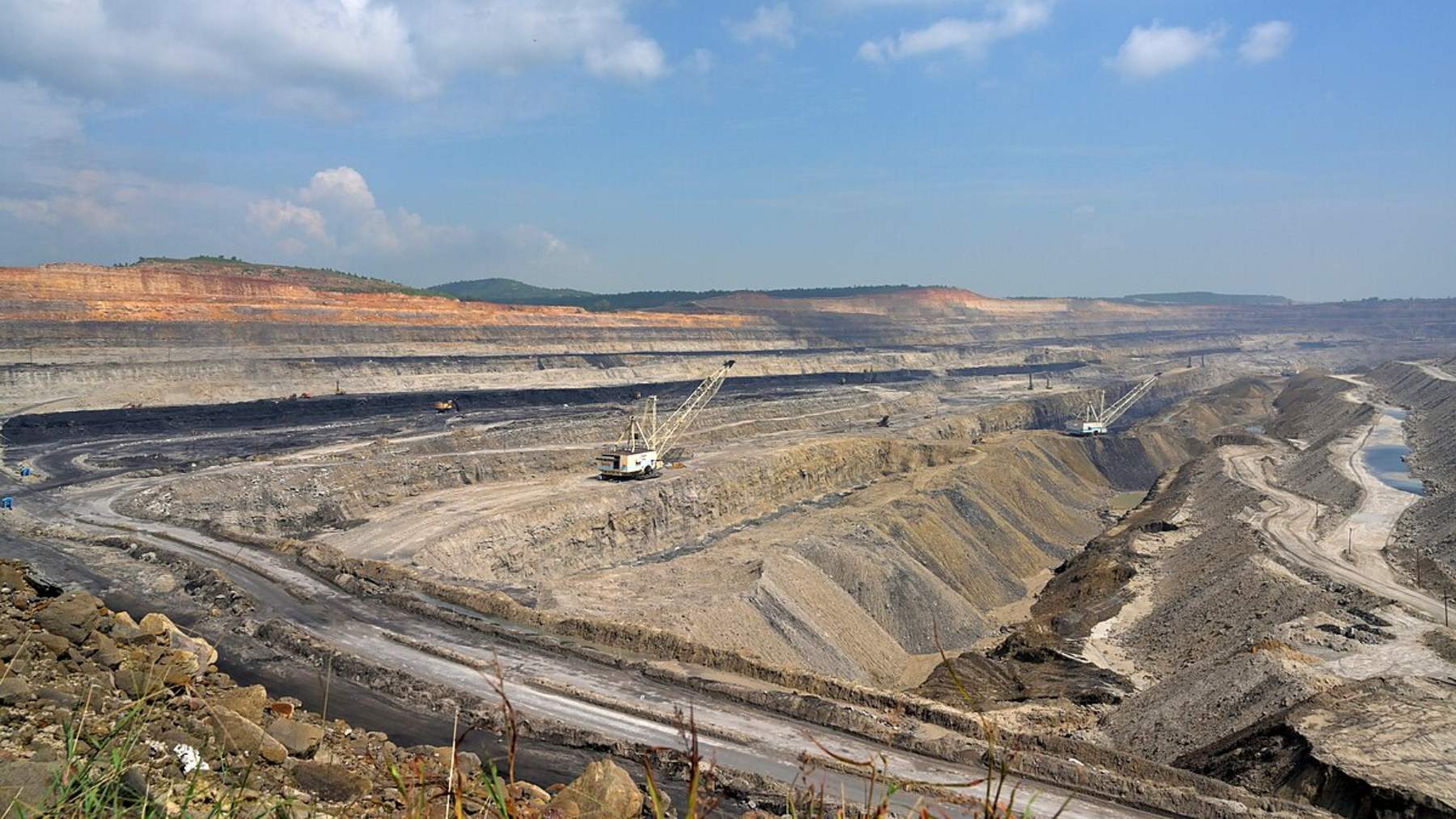With discoveries coming to the fore in America and other countries, India is also making rare discoveries that could fully rewrite the rare earth landscape globally. Beneath the surface, India has found deposits of rare earth elements (REEs). Found in the Singrauli coalfields of Madhya Pradesh comes a discovery that could shift China’s strategic control of these critical materials. The possible economic value linked to such a discovery is what makes the find all the more interesting, and it could change India’s future rare earth elements supply chain for good.
A rather rare find in coal waste
Since rare earth elements make an appearance in every sector, from the electric vehicles (EV) sector to other leading sectors, these elements are deemed important. Unlike previous rare earth discoveries that required intricate mining operations, this latest discovery by India is far more sustainable.
It was the Rajya Sabha that wrote a statement that mentioned that overburden clay from coal mines and other samples of fly ash from power plants could contain REEs in huge concentrations. The concentration available is as large as 2100 mg/kg.
There is also a large presence of Yttrium, which is a rather useful element as well. The discovery of high concentrations of REEs and Yttrium has made fly ash a possible secondary source for finding critical minerals. The fly ash has become known as a mineral-rich resource, changing the rare earth industry completely.
Benefits of this discovery from India
As of April 2025, China put forward restrictions on various REEs, and due to these tightened restrictions, the discovery could not have come at a better time. Since India’s dependence on imports is under threat, this discovery could be strategic in granting India the ability to be less dependent on such imports.
Since REEs have been discovered in domestic coalfields, India can reduce its dependence and, in the process, ensure technological self-reliance. To support this discovery further, the National Critical Mineral Mission (NCMM), which was launched earlier this year, will ensure large volume generation of critical mineral supplies. As per the mission, all of the minerals that result as byproducts from fly ash are deemed important to look into.
More research and effort are required from India
Where the complication comes in is with extracting REEs from the fly ash in an economically feasible manner. Since India realizes the potential but also the hurdles, public-sector entities and academic institutions have formed strategic partnerships.
In terms of the REE content in many northeastern coalfields, the concentration is dense, and hence there is a need to upscale technological processes to ensure better extraction methods, including those of ion-exchange resins and physical separation.
China has so far been in the lead in terms of rare earth elements, with Bayan Obo mine in Inner Mongolia being the largest rare earth reserve, leaving about 40 billion tons, and the future of Earth in China’s hands.
Environmental implications of rare earth elements discovery
The rare earth elements discovery is good for India as it may lead the country to reduce environmental impact from utilizing coal byproducts and simultaneously make India less reliant on rare earth imports from China. Various industries in India that are highly dependent on these rare earth minerals will benefit as well.
The move towards rare earth independence won’t be effortless. There are still many challenges along the way to positioning India as an instrumental player in the global rare earth market. India could very well be joining America in becoming dependent and relying far less on China. In America, too, 2,630,000,000 tonnes have been found, which is rather instrumental. Should countries like America and India were able to uncover enough rare earth minerals, they could rewrite the global rare earth minerals landscape entirely.














